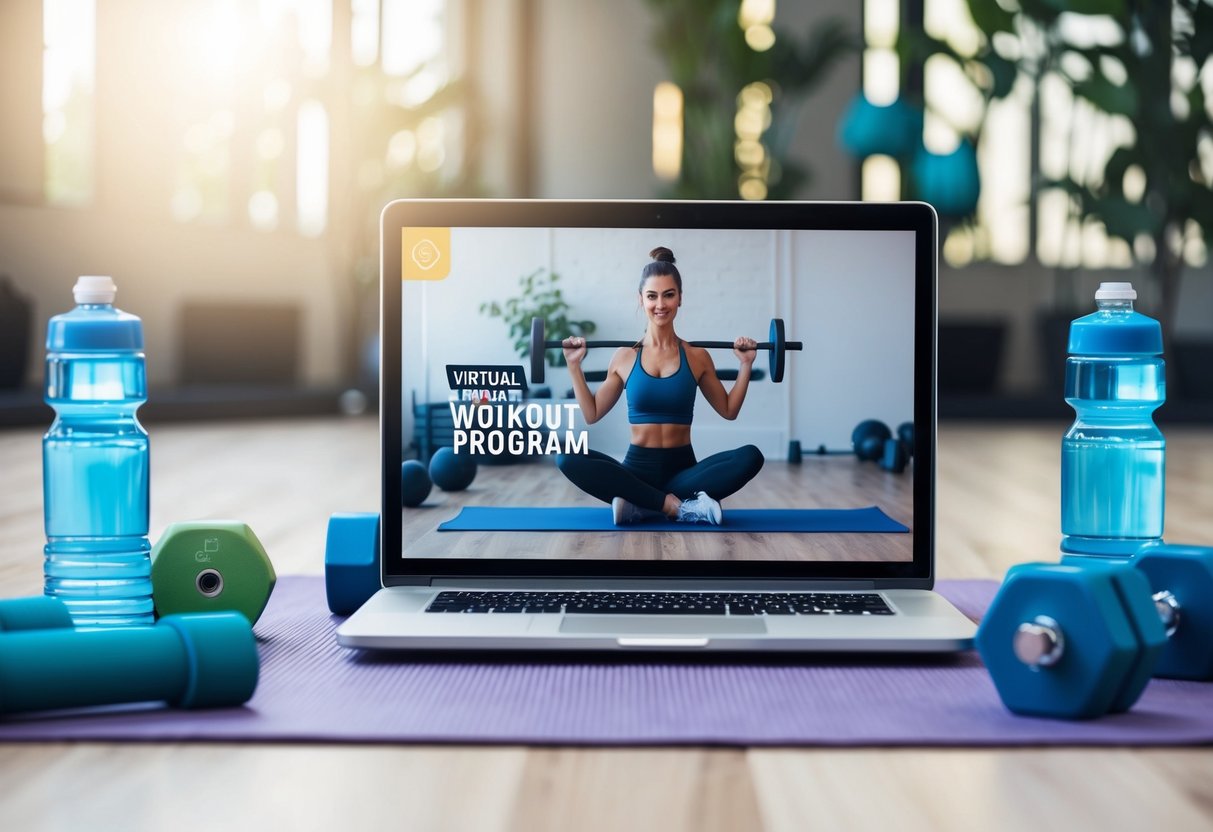
Utilizing Wearables and Apps
Wearable technology and fitness apps have revolutionized the way individuals track fitness progress. Devices like the Apple Watch offer features that monitor heart rate, calories burned, and activity levels. This data can be synced with numerous apps, helping users make informed decisions about their workouts.
These technologies provide instant feedback, motivating users to push their limits and achieve set goals. Platforms often include features like progress charts, daily reminders, and achievement badges, enhancing the user’s experience by making progress visible. For those who enjoy setting challenges and benchmarks, such tools are invaluable. Tracking every step enhances accountability, encouraging individuals to stay on track with their fitness journey.
Understanding Different Types of Virtual Workouts
Virtual workout programs offer various styles, catering to different fitness goals. These include enhancing cardiovascular endurance, building muscle strength, and improving flexibility. Each type offers unique benefits, accessible remotely, designed to fit into everyday schedules.
Cardio Workouts
Cardio workouts online range from high-intensity interval training (HIIT) to dance classes like Zumba. These programs aim to improve cardiovascular health, boost endurance, and burn calories. Many platforms offer live-streamed sessions or on-demand classes, allowing participants to exercise anytime.
Interactive features often include real-time feedback from instructors. Participants can track heart rate and monitor progress, creating an engaging experience. Online running groups also provide a sense of community, encouraging users to stay committed.
Strength Training Routines
Virtual strength training focuses on building muscle through resistance exercises. These programs often incorporate bodyweight exercises, dumbbells, or resistance bands. Platforms provide tutorials for correct form and technique, ensuring safety and effectiveness.
Some programs offer personalized plans, adapting workouts to individual fitness levels. Virtual trainers guide participants through routines, offering motivation and support. This flexibility allows users to tailor sessions according to their time constraints and goals, such as muscle gain or fat loss.
Flexibility and Mobility Sessions
Flexibility and mobility sessions, often inspired by yoga or Pilates, focus on stretching and body awareness. These online classes aim to enhance joint flexibility, improve posture, and reduce muscle tension. Sessions typically include guided exercises and breathing techniques.
Interactive elements in these classes may involve live instructor feedback or community discussions. They cater to various skill levels, making them accessible to beginners and advanced practitioners. These sessions emphasize mindful movement, aiding relaxation and stress reduction.
Live Classes vs. On-Demand: Choosing What Works for You
Navigating the world of virtual workout programs can be challenging with a variety of options available, such as live classes and on-demand workouts. The choice between these depends on individual preferences for real-time engagement or flexibility in scheduling.
The Benefits of Real-Time Instruction
Live classes offer an engaging experience by allowing participants to join classes conducted in real-time. This format provides a sense of community, often sparking motivation among users. Platforms like Peloton and Obé Fitness are renowned for their energetic live sessions, where charismatic instructors lead the way.
The interaction in live classes can improve adherence by providing immediate feedback. Participants can ask questions and receive corrections on form, benefiting from the expertise of instructors. This type of guidance helps maintain correct posture and technique, reducing the risk of injury.
Social elements in live classes can foster connections through group chats, creating a supportive environment. People may find themselves more committed when they know others are joining simultaneously, making the workout feel like a shared experience.



